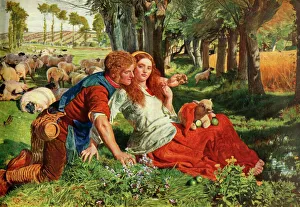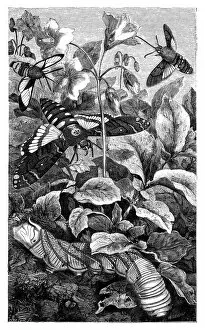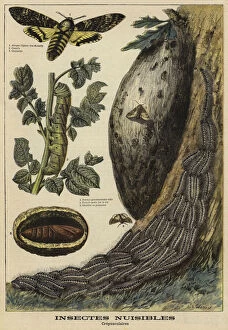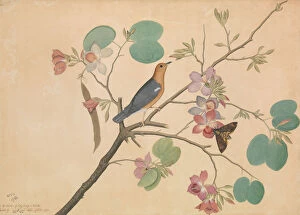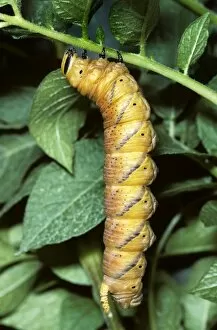Deaths Head Hawkmoth Collection
The Deaths Head Hawkmoth, scientifically known as Acherontia atropos, is a captivating and mysterious creature that has fascinated artists and entomologists alike
All Professionally Made to Order for Quick Shipping
The Deaths Head Hawkmoth, scientifically known as Acherontia atropos, is a captivating and mysterious creature that has fascinated artists and entomologists alike. Its distinctive skull-like marking on its thorax gives it a haunting appearance, earning it the name "death's head hawk-moth. " One of the most famous depictions of this enigmatic moth can be found in William Holman Hunt's painting "The Hireling Shepherd" from 1851. The inclusion of the death's head hawk-moth in this pastoral scene adds an element of intrigue and symbolism to the artwork. Hawk moths, including the deaths head variety, are known for their impressive size and swift flight. Their ability to hover like hummingbirds makes them a mesmerizing sight to behold. These insects have also been featured in various illustrations throughout history, such as color lithographs showcasing their unique beauty. However, despite their aesthetic appeal they can often considered harmful insects due to their caterpillars' feeding habits. They have been observed devouring plants from various families with no discrimination. In some historical artworks dating back centuries ago, we find intriguing compositions featuring unexpected encounters between nature's creatures. For instance, an orange-headed ground thrush perched alongside a death s-head moth on a purple ebony branch creates an ethereal scene captured in 1778. Butterflies have long captivated human imagination with their delicate wings and vibrant colors; however, deaths head hawkmoths offer something different - an air of mystery and darkness that sets them apart from other winged beauties. Whether depicted as caterpillars clinging onto narrow stems or showcased in full glory with outstretched wings ready for flight – these images remind us of the fascinating diversity found within our natural world. The deaths head hawkmoth continues to capture our attention through artistry and scientific study alike. Its eerie skull-like markings juxtaposed with its graceful flight make it a creature of intrigue and fascination.


